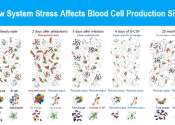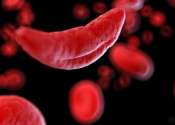Key mechanism governing bone marrow stem cells opens door to new therapies
A key mechanism controlling how bone marrow stem cells work has been revealed in a new study, shining a light on the principles of stem cell biology and opening the door to new therapeutic pathways.
Apr 4, 2024
0
1









